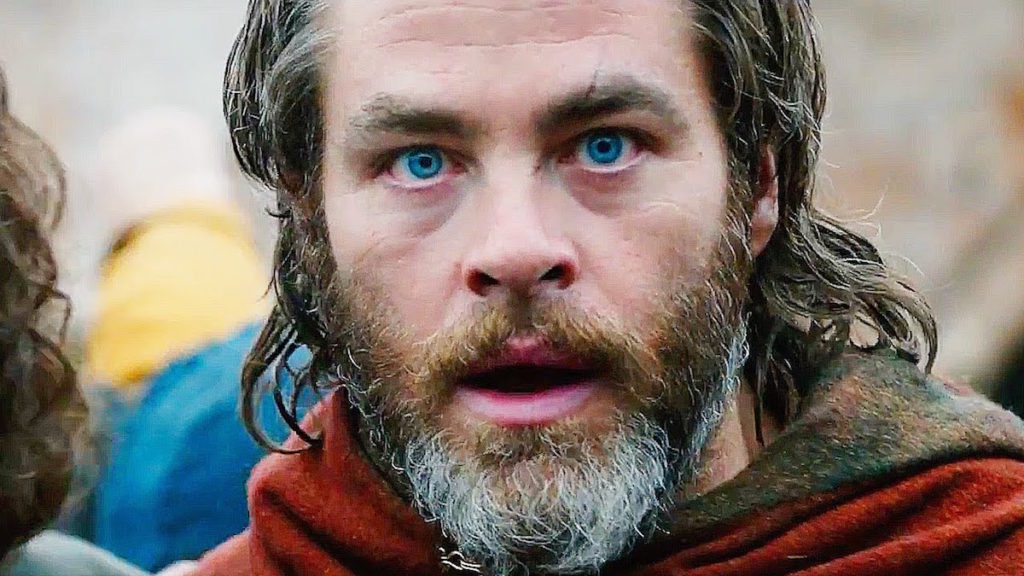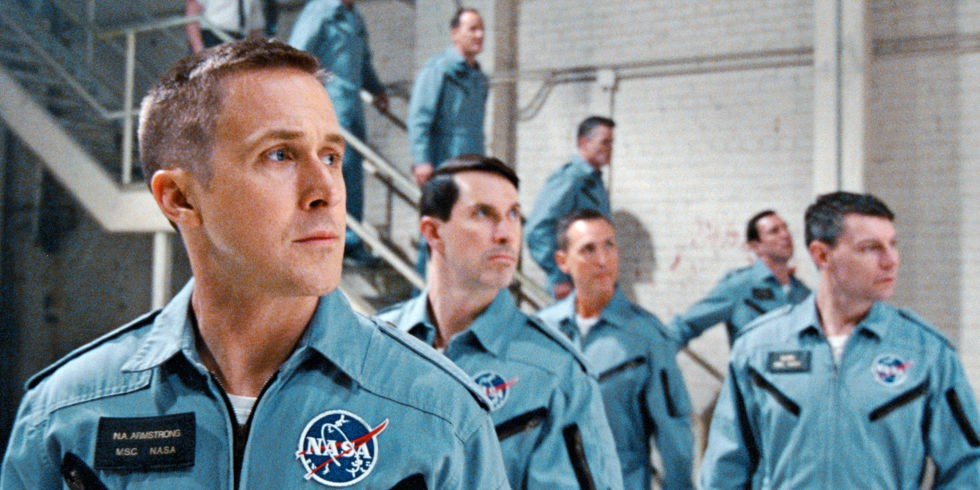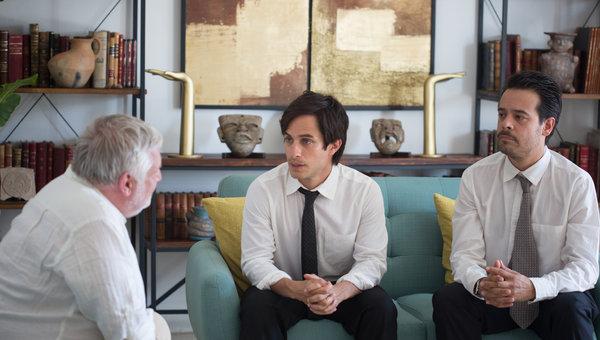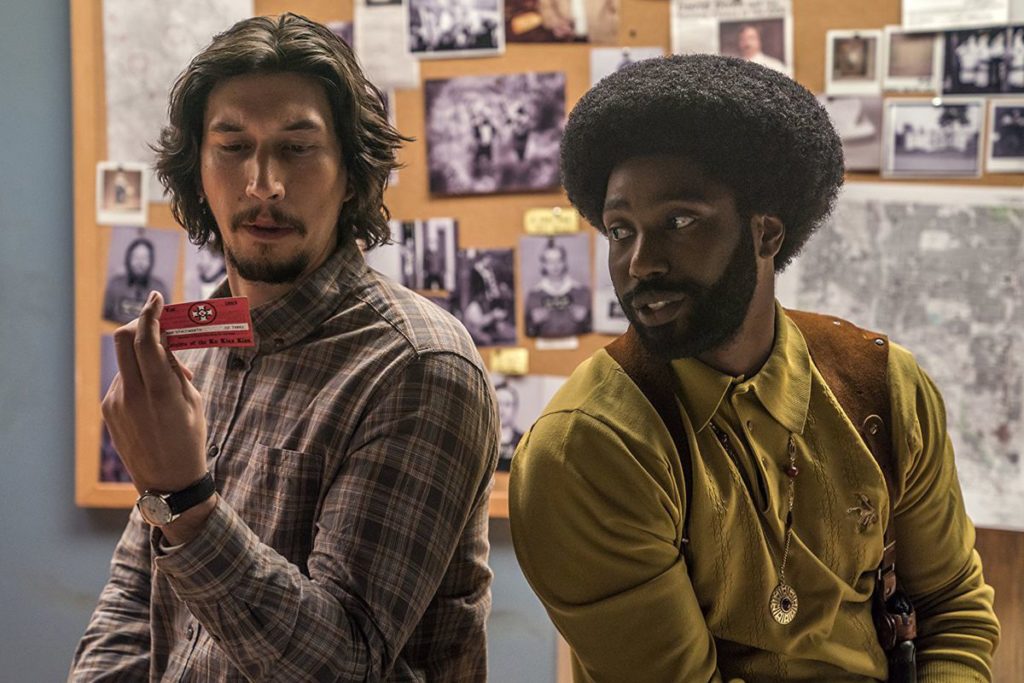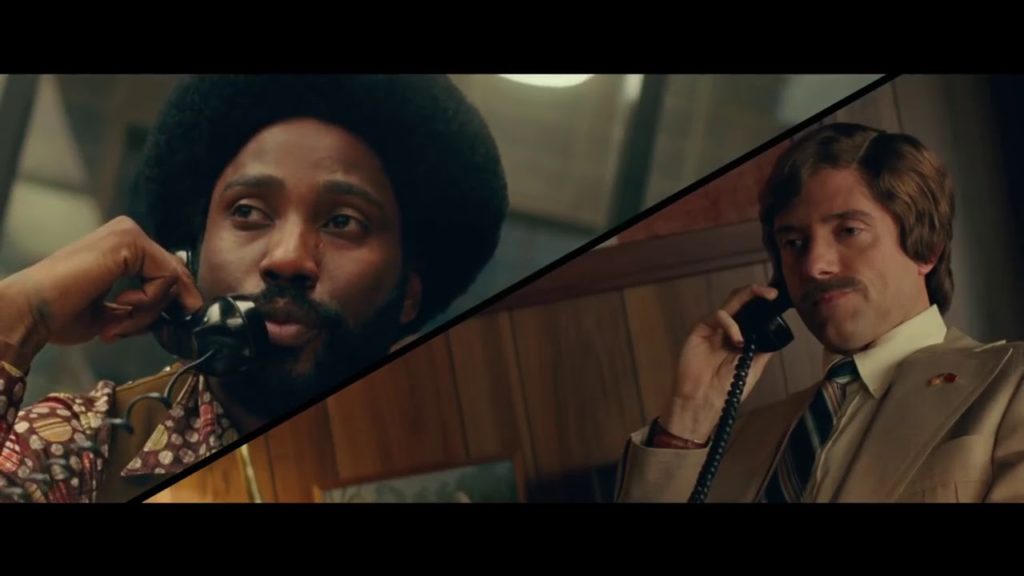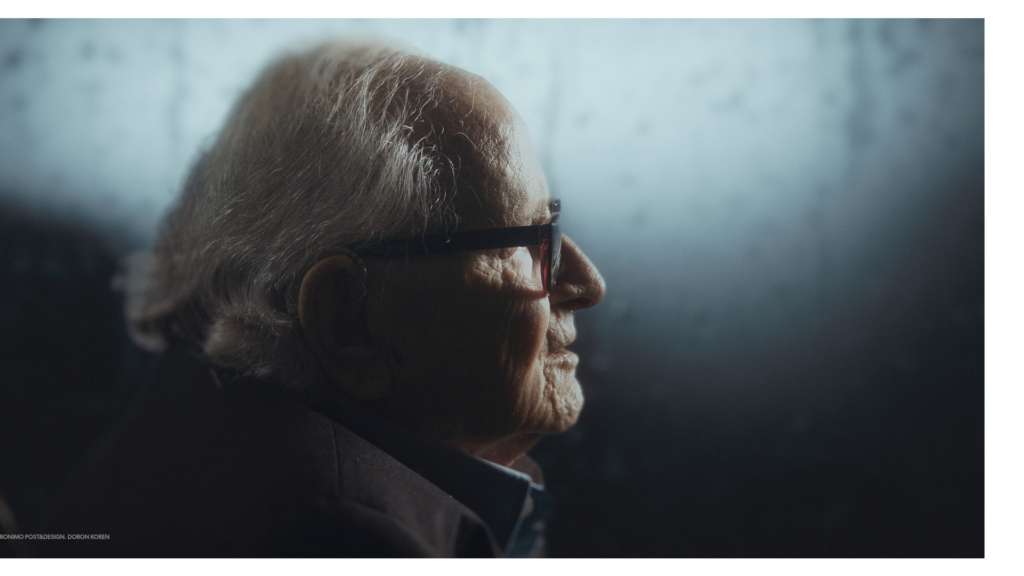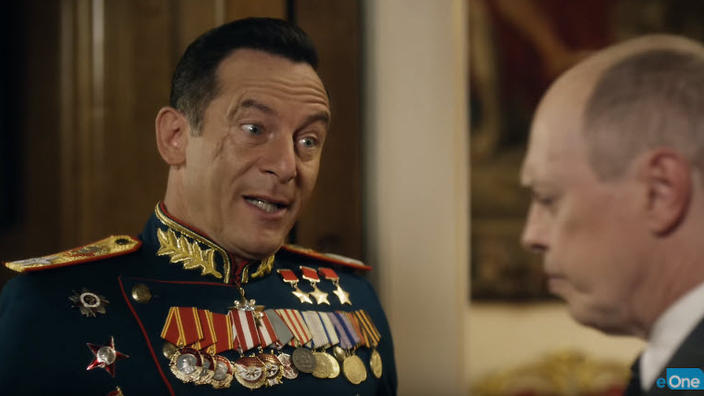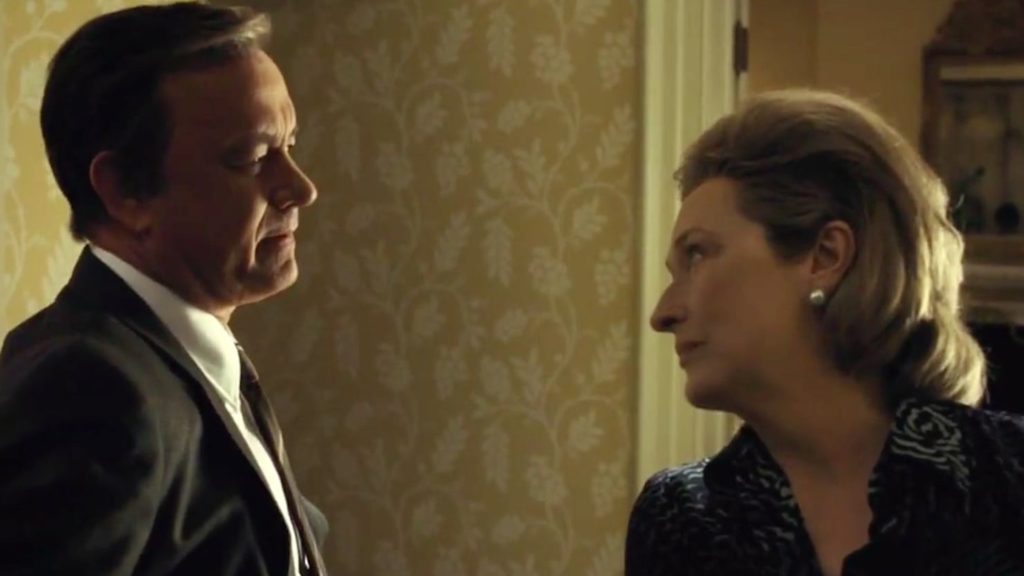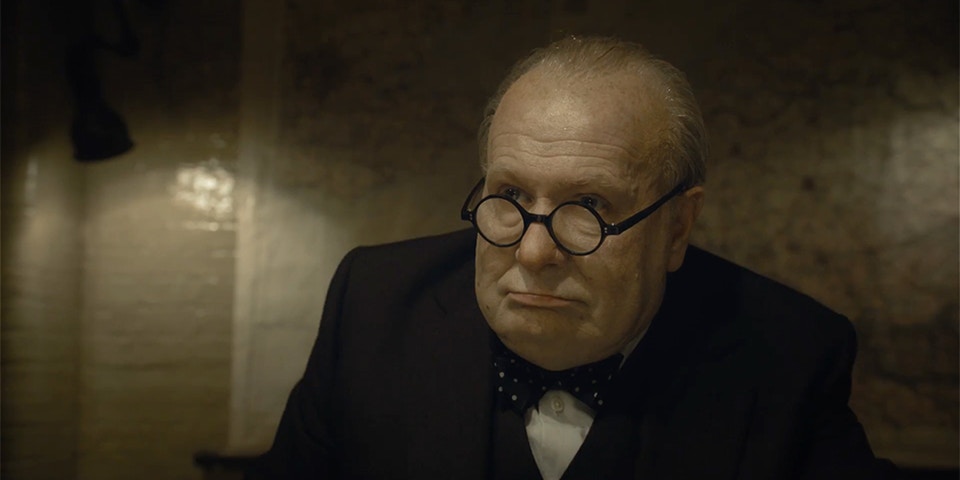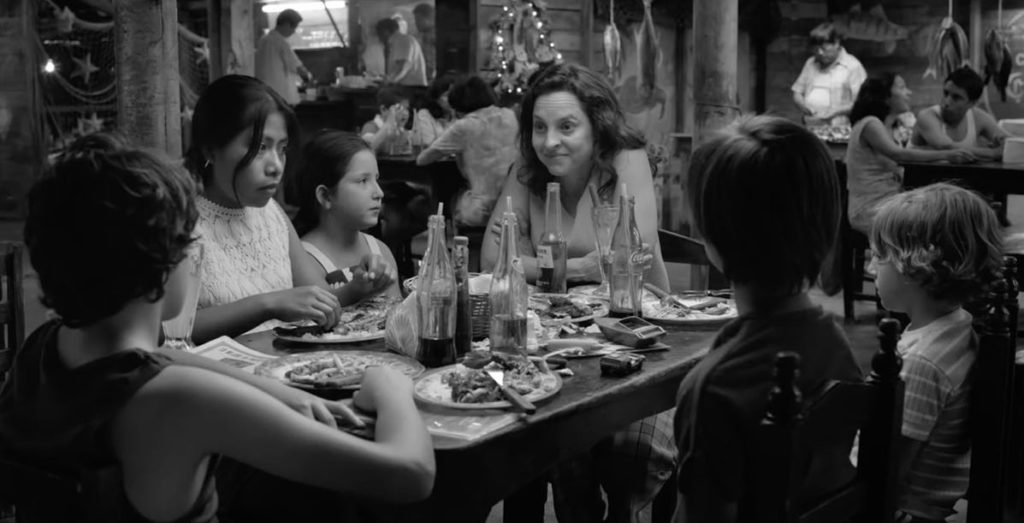
In the powerful and sublimely beautiful Roma, Cleo is the cheerful and ever-on-duty domestic servant in the Mexico City home of Sofia, her doctor husband, their four kids and Sofia’s mother. Sofia’s upper middle class family are light-skinned gueros and Cleo is indigenous. Sofia’s husband leaves her, and she tries to hold her household and her emotions together without letting on to the kids. Sofia and Cleo’s relationship changes and is forged closer when each faces a personal crisis.
That distillation of the story doesn’t begin to capture the profound depth of Roma. Despite their differences in race and class, Cleo and Sofia are in the same situation – facing life’s travails and the responsibilities of family without any help. They are isolated and they must find ways to endure.
Cleo (Yaritza Aparicio) encourages and nurtures the imagination of the youngest child, Pepe. She is playful and adored by the children. This is Aparicio’s first acting gig; she was chosen from among 3000 candidates for the role. Sofia, who is balancing on a knife-edge throughout the story, is played by veteran actress Marina de Tavira, who found Sofia’s story to be the same as her own mother’s. These are two wonderfully authentic performances.
Roma is written, directed and edited by master filmmaker Alfonso Cuarón (Gravity, Children of Men and Y Tu Mama Tambien). This may be his masterpiece. Cuarón won two Oscars For Gravity, in which he conveyed the terrible and unforgiving enormity of outer space. In Children of Men, he created one of the longest, most intricate and compelling action shots in cinema history.
Shot in glorious black and white, Roma is packed with amazing set pieces, both with long static shots and even longer tracking shots. There’s a nighttime tracking shot that follows Cleo through several blocks of a bustling Mexico City downtown street. In another extended single, dolly shot, the camera follows characters from the beach into the surf, beyond the surf break and then back to shore.
Emergencies in the surf of a beach resort and in a hospital are among the most harrowing movie scenes that I’ve seen this year – even more intense than climactic scenes in thrillers.
As heartbreaking as Roma can get, there’s a great deal of humor here. Much is centered on the family dog and his massive production of excrement. There’s also the repeated ordeal of an oversized Ford Galaxy inching its way into an undersized car park. A rural hacienda contains some very unusual wall decorations. And there’s an unexpected and remarkably inappropriate naked martial arts performance.
According to those who would know, Roma is an evocative time capsule of Mexico City at the beginning of the 1970s.
The characters of the mom and the domestic, along with the events – the riot, the forest fire, the earthquake, etc. – are recreated from Cuarón’s most vivid and enduring memories of his own childhood. It’s a deeply personal and individual story, but one which is universal – that of women carrying on without the support of (and even despite) the men in their lives.
I saw Roma at the Mill Valley Film Festival in October at a screening with Aparicio, de Tavira and producers Gabriella Rodriguez and Jonathan King. Cuarón shot the film in sequence over 108 days and only showed the cast the script one day at a time, directing them to “surrender” to the story. Rodriguez confirmed that the family sees Marooned at the movie in a nod to Gravity.
Roma takes its title from the family’s neighborhood in Mexico City.
Roma will be released in New York, LA and Mexico City theaters this weekend and will open more widely on November 29. Having been financed by Netflix, it will stream to Netflix subscribers on December 14. This is one of the year’s very best films, and it will receive multiple Oscar nominations.

